The German photographer and artist Boris Eldagsen hit global headlines when his text-prompted image, Pseudomnesia The Electrician (generated through the DALL-E AI image programme) won first prize in the “Creative” category at the Sony World Photography Awards 2023. It was an award that would bring Eldagsen’s work, and an ongoing discussion on what AI might mean for photography, to a global audience.
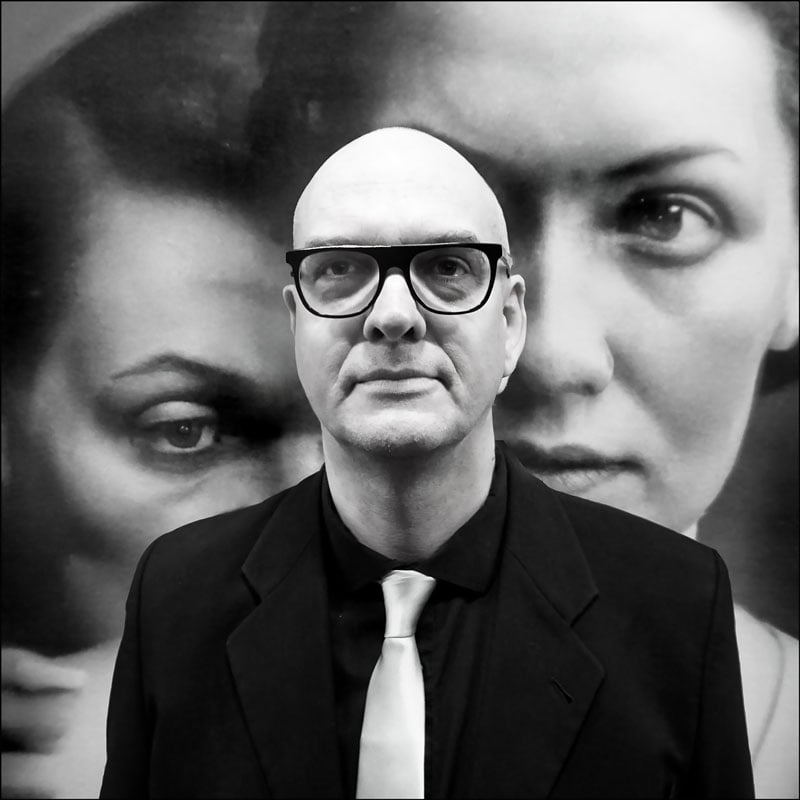
Image 1: Boris Eldagsen in front of The Electrician © www.catonbed.de
“They told me that I was selected in mid-February,” he tells me in an online interview from Berlin. “I immediately told them how the work was produced, and that they had two options: either they could disqualify me, which is fine, or they could award me the prize but then it needs to be accompanied by a discussion of the problems associated with this kind of work.”
“I got a response which said you can keep the award, but my suggestion was not addressed. They said we will be happy if you come to the ceremony but you have to pay the expenses.”
“So I rented a tuxedo, I flew to London, stayed in an overpriced hotel near Hyde Park, went up on stage to get my award, refused it with the reason that “AI images and photography should not compete with each other in an award like this. They are different entities. AI is not photography. Therefore I will not accept the award.”
“After I said “no” on stage, I stayed till the end and when I left 20 minutes later, nobody had talked to me, nobody had approached me. It was like I had already been ghosted. Then I went to the hotel and posted my statement on Instagram, Facebook, and sent the organisers of the award an email with the same text. They never responded.”
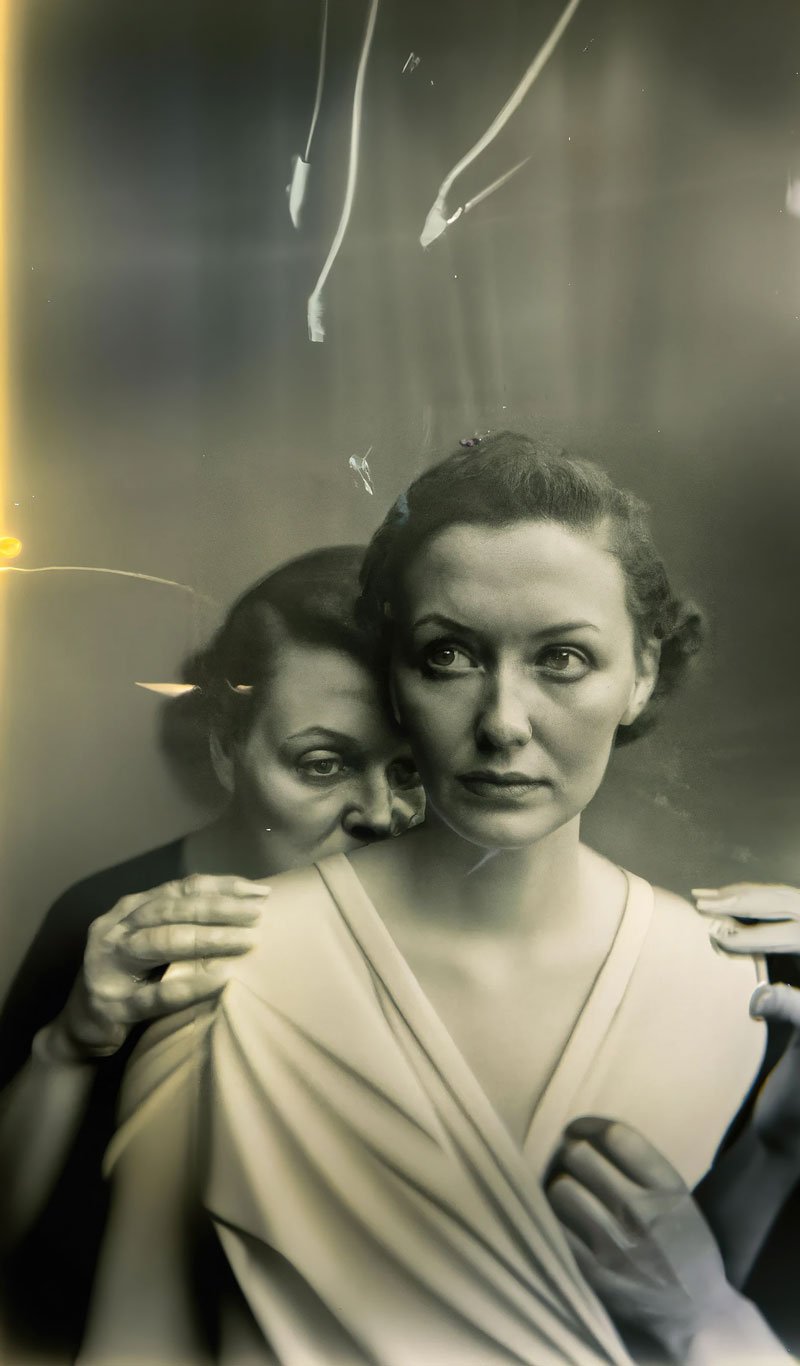
Image 2: PSEUDOMNESIA Part 1: The Electrician
“But the message was shared on Facebook where the community made it larger. I got messages like one by a Chinese photographer saying, I've translated it into my language and have 50,000 clicks. The next day he told me the Beijing News Chinese television wanted to have an interview. And this happened all around the globe.”
The impact of Eldagsen’s image travelled beyond the photography world as Eldagsen’s questioning of what AI might mean for photography captured a global imagination.
“I wanted to start a debate because the photography scene was frozen in shock. I saw that technological development was constantly speeding up and is still accelerating. Starting the debate was very necessary, and I'm happy that it worked. I had no idea it would become an international debate on many different levels. It's not just about photography. It's not just about art. It's also about democracy and disinformation.”
“One problem is with the terminology. It’s very blurry and it is very photo-centric. When you work with those platforms you realise where it could go, the potential that we already have to generate anything. Not just photography, but work that looks like paintings, drawings, 3D models. We can now create sounds, music, or moving image.”

Image 3: PSEUDOMNESIA Part 2:The Illusion
Starting with Promptography
Part of the difficulty with terminology is encapsulated in what Eldagsen does; promptography. This is the kind of image generation that uses a series of text prompts to create images using programmes like DALL-E or Midjourney.
“It was David Fathi, the French photographer who got me hooked last year,” says Eldagsen. “He had been experimenting for six months and I thought, hmm, that's interesting. He told me there's this cool new tool, which is DALL-E 2, and there's a Beta testing, try to get on the wait list. A week later I was in before him.”
“I thought, this is it. After the pandemic, the commercial jobs that I had before were just gone and I thought, what am I going to do now? I'm 50. I'm too old for advertising. The average age is something like 27. The art career has not really taken off. And then AI came, so in January I decided to go in a hundred percent.”
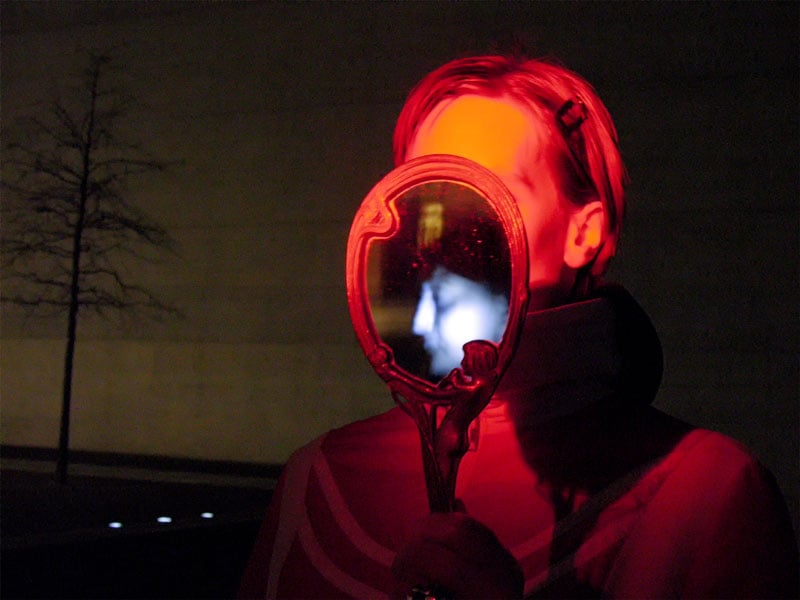
Image 4: Poem #55 (not AI)
“There was also a personal reason for it. My partner and I were in a long-term relationship. She moved here last summer after and then six weeks later she got a cancer diagnosis. We spent most of the autumn in waiting rooms, at hospitals, with doctors. The cancer therapy will finish soon and all is well. So right now it's a happy ending.”
“But during that time in autumn when I usually go out to photograph, I couldn't photograph. The only way I had to be creative was the smartphone. And you could always generate images on the smartphone, it didn't matter what kind of waiting room you are sitting in.”
“That means of production fascinates me. I was instantly hooked. You can experiment and you always get a result. It doesn't matter what you type in you get a result. You can have fun thinking outside of the box. Nobody likes DALL-E anymore because it just looks crappy and the images are not that photorealistic. It has not been updated since July last year, but again, I use it for text prompting in classes because it’s only if you use the full potential of the prompt elements and the metadata that you get an okay result. If you don't, it looks terrible. So it really teaches you when you have achieved something. Midjourney always gives you a slick image, no matter how bad the prompting is. In DALLE2 you need to master the prompting to get good results.”
Promptography is not Photography
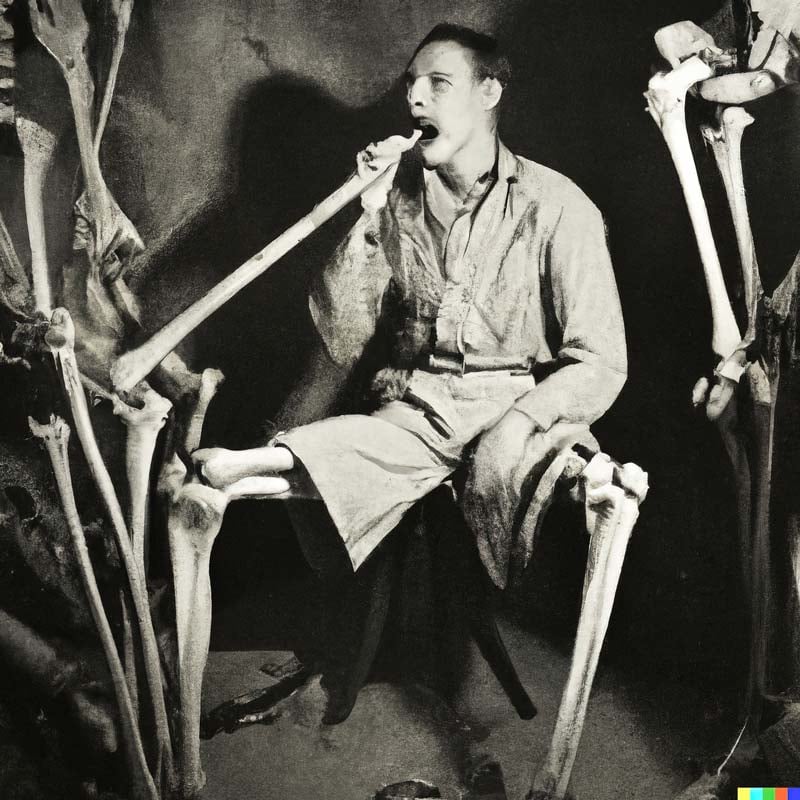
Image 5: Vomit #3
“In photography today, if you work digitally, the result is a file. If you use AI image generators, the result is a file, and you can print it on the same paper. But in photography, you still need light reflected from an object and most of the time we have a lens. And the light goes onto film, or paper, or a chip. There can be a lot of AI in the post-production, but it all starts with light being reflected. And so it is an interaction with the world, the objects in the world, with the beings in the world."
“What AI can't do is replace this process. When you are a photographer, you are out in the world. You have those special connections with other humans in situations that are special, extraordinary, beautiful, depressing, that hands-on experience you only get with photography. I want to have more conversations about those differences.”
“Image generators are a great tool for an inner journey, to become aware of, what you would like to create and why, to ask where is the limit of my knowledge? What do I know? With promptography I don't need to go out. I only need electricity, the internet, and an idea of what to create. For me, it gives me freedom to work out of my imagination and not be restricted anymore by my budget or the climate. It's an undiscovered territory, a new continent, and we don't even know where the coastline is.”
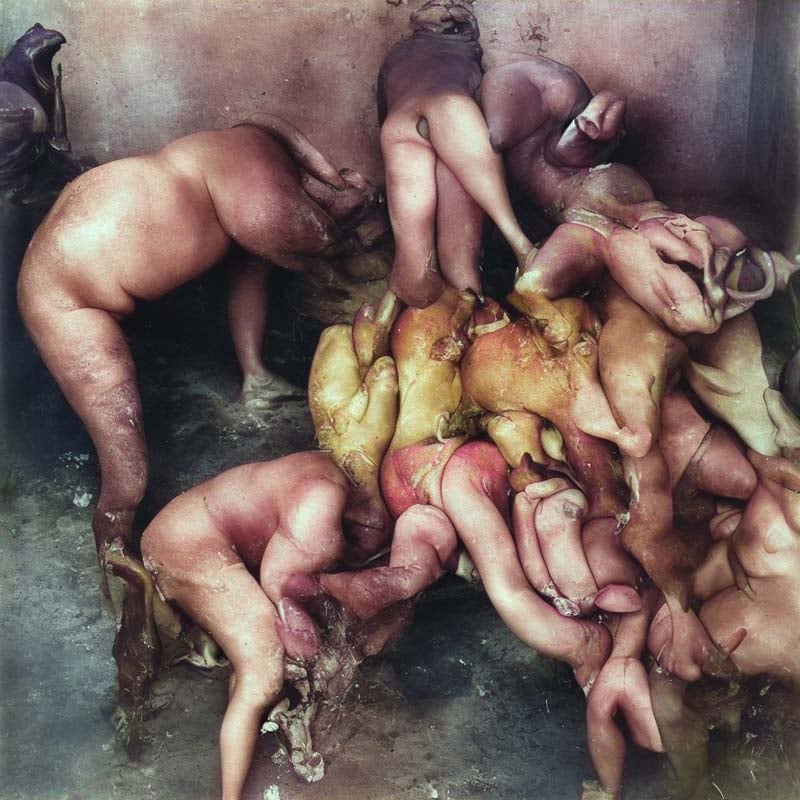
Image 6: Hunger #3
While AI is often assumed to be a lazy way of making images, Eldagsen (who takes up to 3 weeks to make individual images) is eager to point out that a knowledge of art, history, and photography is everything.
“You can be very systematic and use up to 12 prompt elements (which are format, subject, solidifier, vibe, perspective, colours, lighting, reference, genre, format tech, and booster). And if you go through the list, you realize that 75% of those prompt elements relate to your knowledge as a photographer. The older generation has an advantage here because the more you know, the better the results are going to be? If you have no knowledge of how to fill those 12 prompt elements, you will still get good results because the eye is doing the job for you. But it all will look the same.”
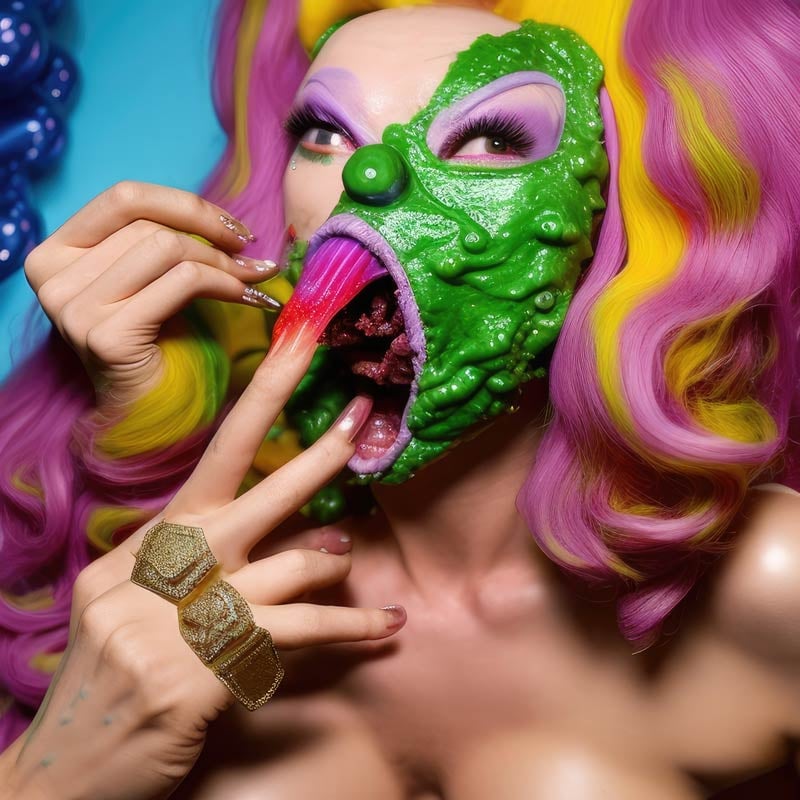
Image 7: Ambiphilia #2
That is the dilemma not just for promptography, but also photography (see what nightmare visions come up if you google landscape photography). It is also something apparent in many of the recent AI visions that have appeared recently, especially in the charity and photojournalism sectors. Look at Michael Christopher Brown’s 90 miles, a project which though strong, reflects image generators’ inability to handle physical of physiological expressions of emotion. There is a flattening of affect in these images.
This is a point made by Charlie Engman, who believes that ‘AI struggles to process the aesthetic of emotions’, the subtleties of body language in particular. In real life, we struggle to process emotion, we struggle to understand how people feel, how their hands, or arms or bodies might emotionally point in a different direction to what their eyes, or mouth or brow is doing, so for now it is small wonder that AI struggles to process this.
The tendency to create a unified, flattened view of the world is apparent in the Netflix effect of AI images, the nostalgic gloss given to the past as seen in these Midjourney generated images of Chonqing in China, or the slippage between fantasy and reality as found in this Amnesty ad on Colombia.
Collaborate with photographers on a global scale with the Falmouth Flexible MA Photography:
Juancho Torres, a Colombian photojournalist echoed Eldagsen’s point on ‘being out in the world’ when he said; “The power for a journalist is to recreate reality and what they see – something which during the national strike, many reporters, photographers and cameramen risked their lives to do. I have a friend who lost an eye. Using AI images not only loses that reality, it loses the connection between journalists and people.”
That loss of connection between journalists and people is also apparent in the lighter misrepresentations such as the Pope in his Balenciaga puffer jacket. It may be fabulous, but it’s undoubtedly fake.
There is no question that artificial Intelligence is shaking up the world, and in particular the worlds of art, photography, writing, and journalism. On 20th June the publisher Axel Springer announced that it would be cutting 200 jobs at the German tabloid Bild.
In an email to staff, they wrote that they would ‘unfortunately be parting ways with colleagues who have tasks that in the digital world are performed by AI and/or automated processes’. So picture editors, copy editors, and others are packing their bags.
This follows an earlier announcement by chief executive, Mathias Döpfner, that AI tools such as ChatGPT could “make independent journalism better than it ever was – or replace it”. The one consolation from Döpfner was that only those who created “the best original content” would survive.
This echoes what Edalgsen says. Generic AI-generated photography which involve a short-cut recreation of key elements such as types of film stock, colour palettes, key design and fashion points are an AI version of the inescapable Wes Anderson homages found on current social media, a celebration of surface style over substance. It might be fun, and that counts for a lot, but it’s nothing more than that. AI is only as good as the references that are put into it and you can see multiple layers of references in Eldagsen’s work. The question with AI generated images is, as with photography, what marks out soul, presence, and the human connection. And the answer to that? Well, after almost 200 years of photography, we’re still waiting for a definitive answer. Let’s wait some more.
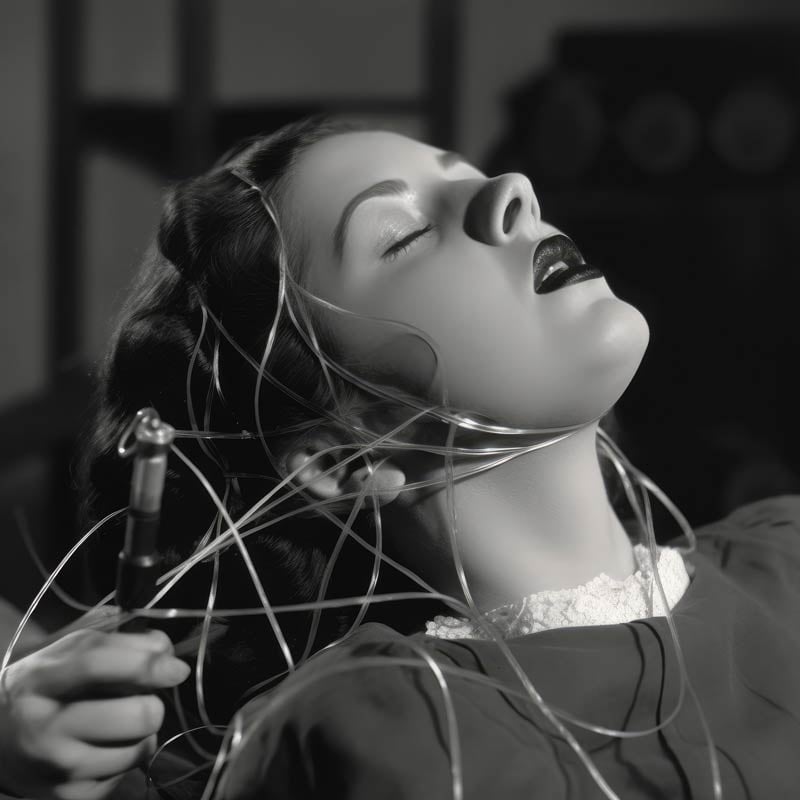
Image 8: Pseudomnesia Part 2: The Confession

Colin Pantall is a photographer, writer and lecturer and teaches on the MA Photography programme at Falmouth University.
.webp)





